The concept of a kitchen witch is steeped in folklore and tradition. Kitchen witches are known to be wise women who use their knowledge of nature, herbs, and cooking to bring healing and good luck into their homes. Whether you believe in the mystical powers of the kitchen witch or not, creating one for your own kitchen can be a fun and meaningful experience. In this guide, we will explore the steps of how to make a Kitchen Witch and how you can incorporate it into your daily life.
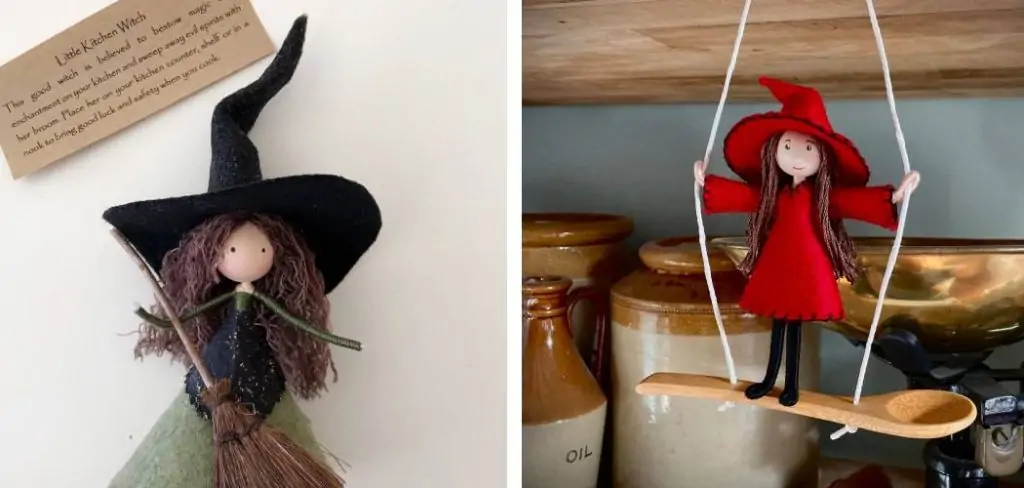
Materials Needed
- A wooden spoon or a small broomstick
- Fabric scraps in different colors
- Yarn or string
- Scissors
- Hot glue gun or fabric glue
- Dried herbs and spices
- Small charms or trinkets
- Permanent markers or paint
What is the History of Kitchen Witches?
The history of kitchen witches can be traced back to ancient times, where wise women were revered for their knowledge of nature and healing. These women were often seen as mystical beings with the ability to bring good luck and ward off evil spirits. As Christianity spread, these wise women were demonized as witches and persecuted. However,in some cultures, the practice of honoring a kitchen witch was preserved and passed down through generations.
Over time, the symbol of the kitchen witch evolved into a household talisman, representing not just luck and protection but also the enduring wisdom of traditional homesteading skills like cooking and herbalism. These figures are often hung in the kitchen—a place of warmth and nourishment—serving as a reminder of the importance of maintaining a heart-centered home.
Step-by-Step Guide on How to Make a Kitchen Witch
Step 1: Choose Your Materials
The first step in making your kitchen witch is gathering all the necessary materials. You can use any combination of materials that you have on hand or prefer, reflect your own aesthetic or the traditional look of a kitchen witch. The wooden spoon or broomstick will serve as the main structure for your kitchen witch, symbolizing both the hearth and home, as well as the practicality of cooking.
Fabric scraps give you the opportunity to personalize your witch with patterns and colors that appeal to you or carry certain significances. Yarn or string can be used to assemble and adorn the witch, while dried herbs and spices tie in the element of nature and enchantment, believed to hold protective qualities and infuse your kitchen with appealing scents and energies.
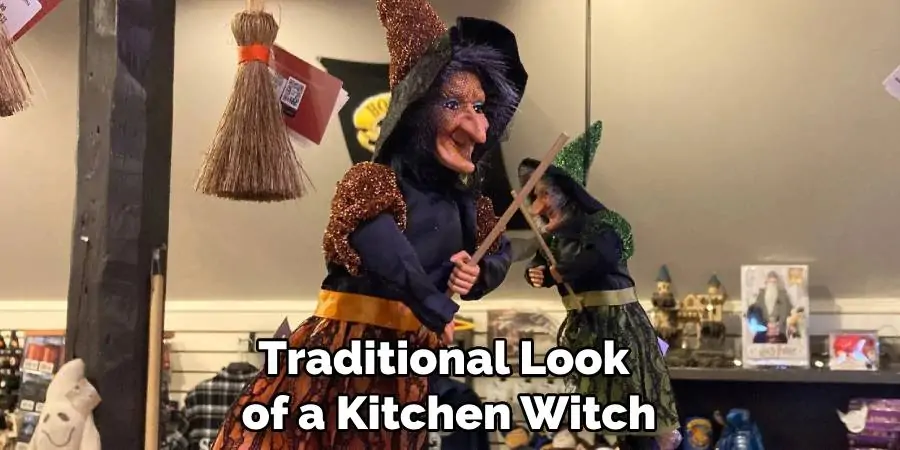
Step 2: Create the Body of Your Kitchen Witch
Take your wooden spoon or broomstick and wrap it with fabric. You can use different colors to add variety and personality to your kitchen witch. Secure the fabric in place using hot glue or fabric glue. Next, cut out a small piece of fabric to create the head of your kitchen witch. You can also use a wooden ball or a small foam ball if you prefer a more defined head shape. Attach the head to the top of the spoon or broomstick using glue.
Once the head is secure, consider adding facial features. These can be painted on with acrylic paint, embroidered if you’re using fabric, or you can even use buttons or beads for the eyes and a piece of yarn or thread for the mouth. The face of your kitchen witch can be as simple or as detailed as you like—some believe that the less detailed the face, the more luck it will attract as it allows the whoever interacts with it to imagine the kindest face they know.
Step 3: Add Hair and Clothing
To give your kitchen witch some hair, take some yarn or string and glue it onto the head. You can choose any color or combination of colors for the hair. Next, cut out a small piece of fabric to create a dress or robe for your kitchen witch. Glue it onto the body, covering up the handle of the spoon or broomstick. You can also add additional layers and accessories to make your kitchen witch unique. A small apron or a woven belt can add charm and character to your creation.
If you wish, embellish your witch with pockets that can hold tiny spell ingredients or magical trinkets. To further personalize your witch, add miniature utensils or cookware that you find at your local craft store or re-purpose from your own kitchen. These small details not only enhance the visual appeal of your kitchen witch but also serve to emphasize its connection to the art of cooking and the magic of the hearth.
Step 4: Incorporate Herbs and Spices
One of the defining features of a kitchen witch is the use of herbs and spices. You can incorporate these into your creation by adding them to the dress or robe, tying them to the hair, or creating a small pouch filled with dried herbs and attaching it to twitch’s broomstick or handle. Some traditional herbs used in kitchen witches include rosemary, thyme, and sage. These herbs not only emit pleasant aromas but are also believed to possess protective properties that are amplified when incorporated into your witch.
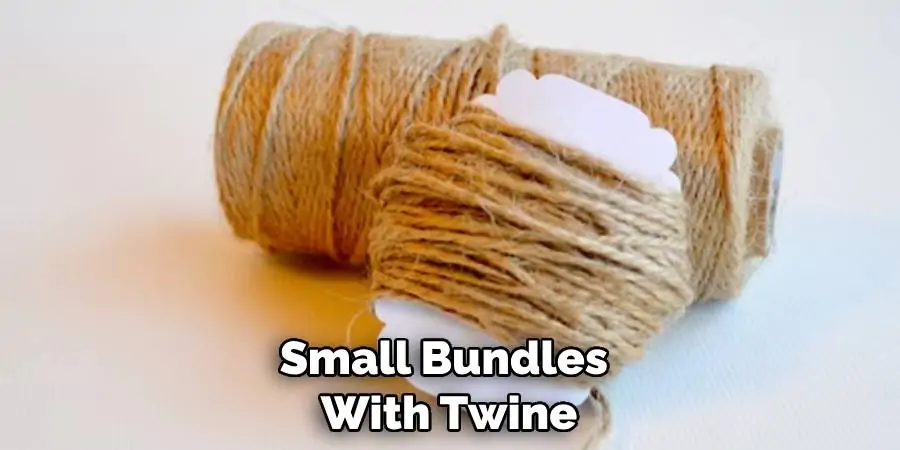
Tie them in small bundles with twine and attach them securely. Each herb carries its own significance: rosemary for remembrance and protection, thyme for courage and purification, and sage to ward off evil spirits and to cleanse the home of negative energies. By choosing herbs that resonate with your intentions, you create a more meaningful and personalized kitchen witch to oversee and bless your culinary adventures.
Step 5: Bring Your Kitchen Witch to Life
Now that your kitchen witch has a body and some defining features, it’s time to give her some personality. You can add facial features using markers or small pieces of fabric, or you can use buttons for eyes and other embellishments such as sequins or beads. Adding a kitchen-centric accessory like a small cauldron or a miniature cooking utensil can give your kitchen witch an extra touch of charm and authenticity.
Consider crafting a tiny spoon or spatula from wood or clay, or find a miniature cauldron at a craft store, which can be painted and decorated to match your witch’s aesthetic. Securely attach the item to your witch’s hand, ensuring it complements the rest of her attire and accessories. This little detail cements her role as a guardian of the kitchen and a symbol of the magical transformation of ingredients into nourishing meals.
Frequently Asked Questions
Is Witch in the Kitchen Good Luck?
In the heart of the home, where the warmth of the hearth meets the aroma of simmering pots and the chime of laughter blends with the clatter of utensils, a whimsical presence known as the Kitchen Witch brings a sprinkle of good fortune and a dash of old-world charm. Stitched from calico and twine, with buttons for eyes and a broomstick at hand, the Kitchen Witch is a symbol of coziness and joy, believed to ward off ill-willed spirits and ensure your culinary creations are suffused with love.
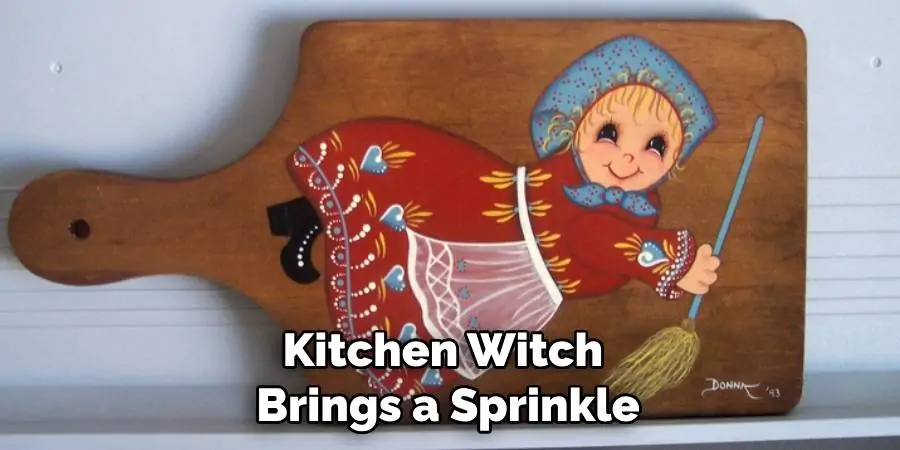
To craft your own enchantress of good luck, gather simple materials and stitch a token of benevolent magic that watches over boiling stews and rising doughs. As you learn how to make a Kitchen Witch, each fold and tuck of the fabric, each loop of the thread binds protection and prosperity into the tapestry of your kitchen’s soul—a timeless talisman nestled amongst spices and herbs, humming lullabies of luck to all who enter.
What is the Tradition of the Kitchen Witch?
The tradition of the Kitchen Witch can be traced back to ancient times, when women were seen as the keepers of the home and its hearth. These wise women were believed to have magical powers, particularly in the kitchen where they worked their alchemy with ingredients to create nourishing meals for their families. Even today, many cultures believe in the power of a Kitchen Witch to bring good luck and blessings to the home. The tradition of crafting a Kitchen Witch has been passed down through generations, with each doll representing the unique personality and style of its creator.
How is a Kitchen Witch Made?
Creating a Kitchen Witch is a simple yet meaningful task that can be done by anyone who wants to add a touch of magic to their kitchen. To make your own Kitchen Witch, all you need is a small piece of fabric, some thread, and basic sewing supplies. The traditional materials used for making a Kitchen Witch include calico, twine, and buttons for the eyes. However, feel free to use whatever materials inspire you and reflect your personal style.
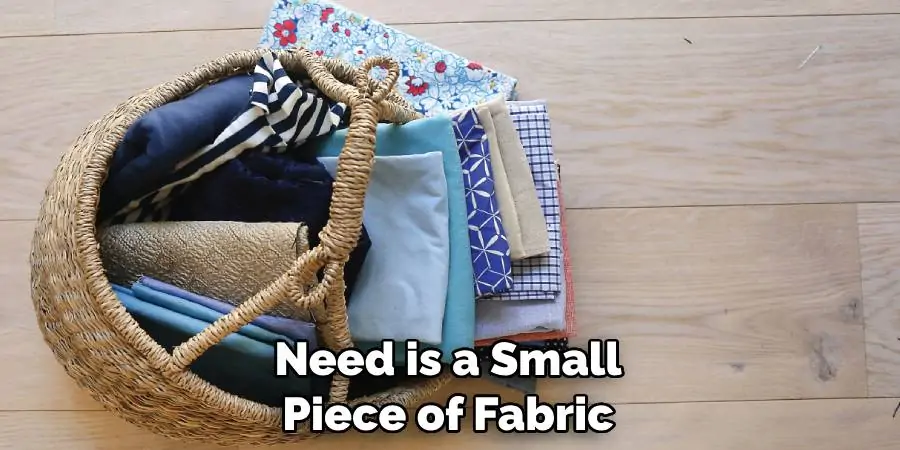
Conclusion
In this post we have explored the tradition of how to make a Kitchen Witch, a magical guardian and protector of the kitchen. Making your own Kitchen Witch is not only a fun and creative activity, but it also imbues your kitchen with positive energy and blessings. So gather your materials and let your imagination guide you as you create your very own Kitchen Witch to watch over your culinary adventures! Whether you are an experienced witch or just beginning to explore the magical world, a Kitchen Witch is a lovely addition to any home. So go ahead and give it a try – you never know what kind of magic may come your way!
